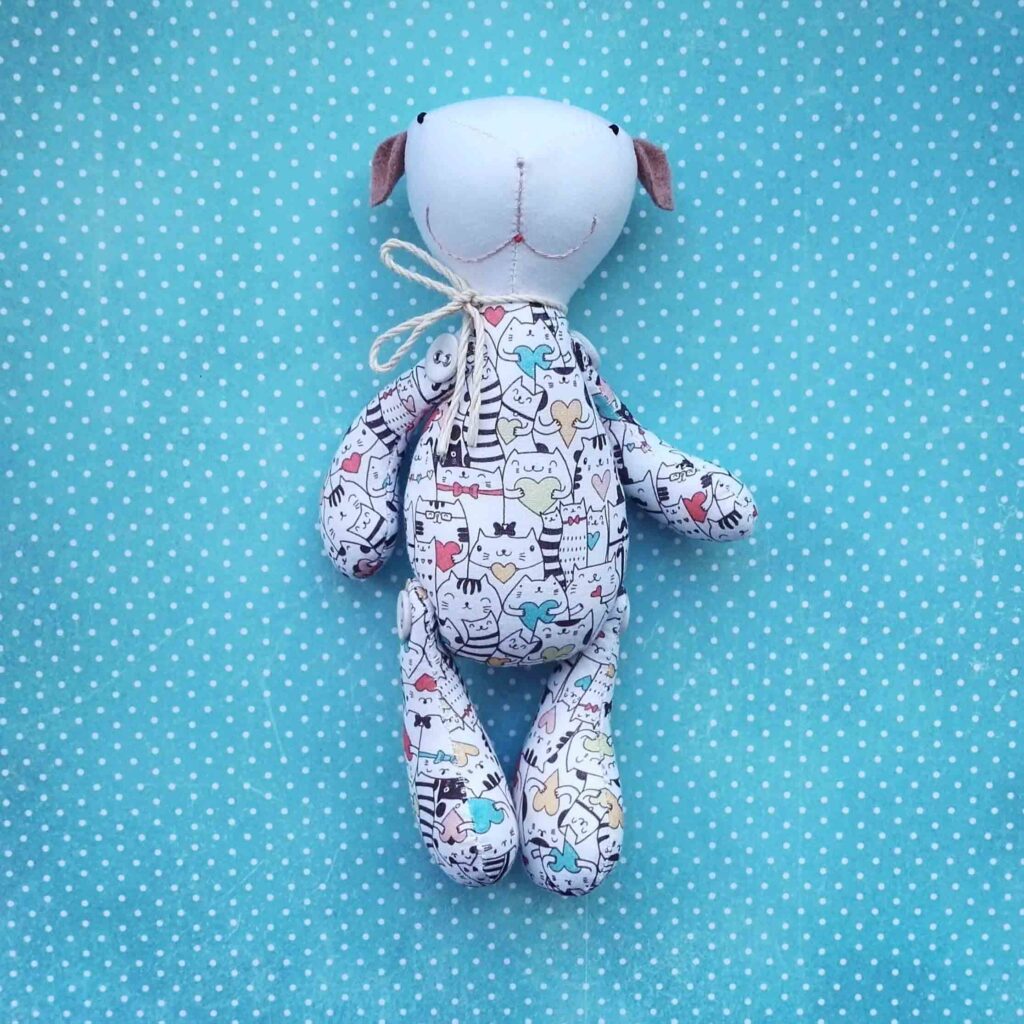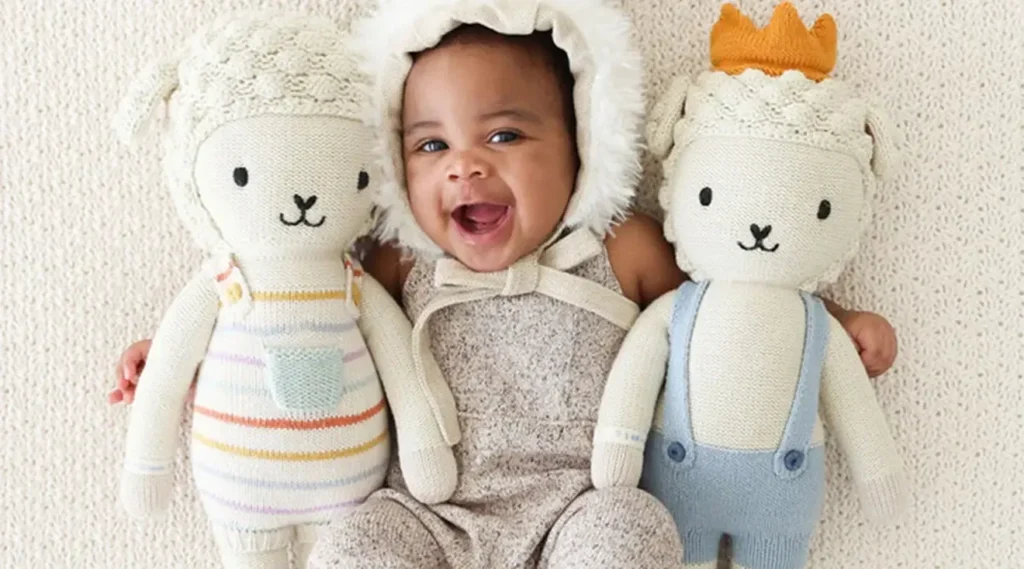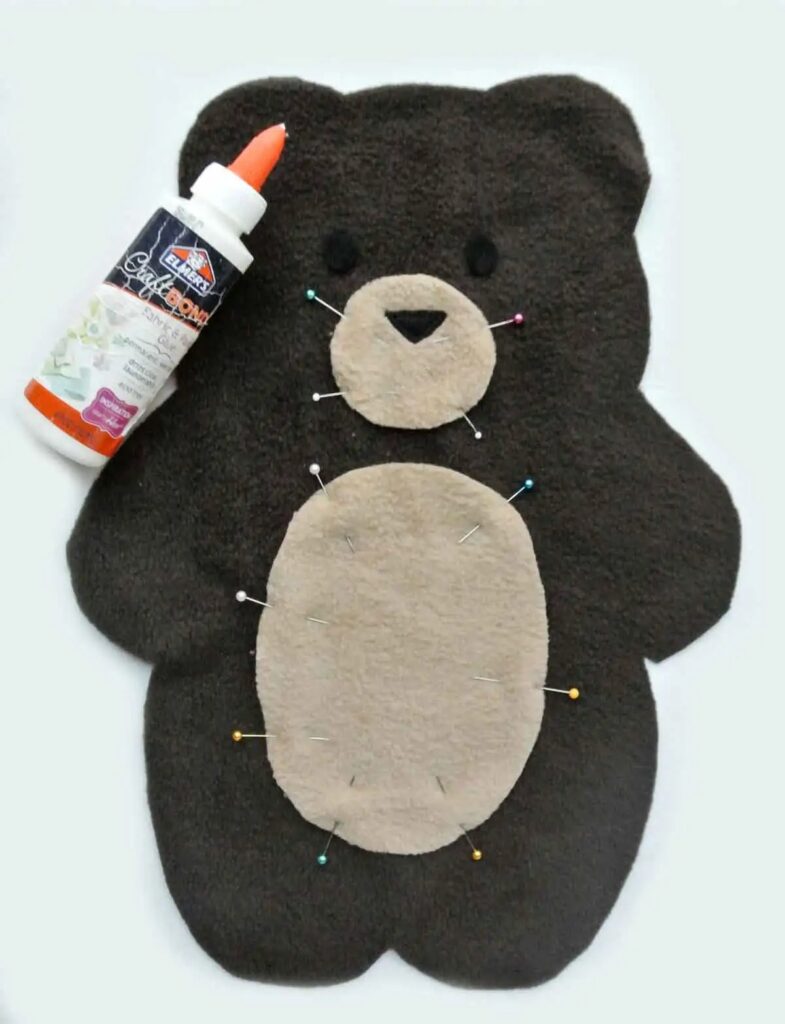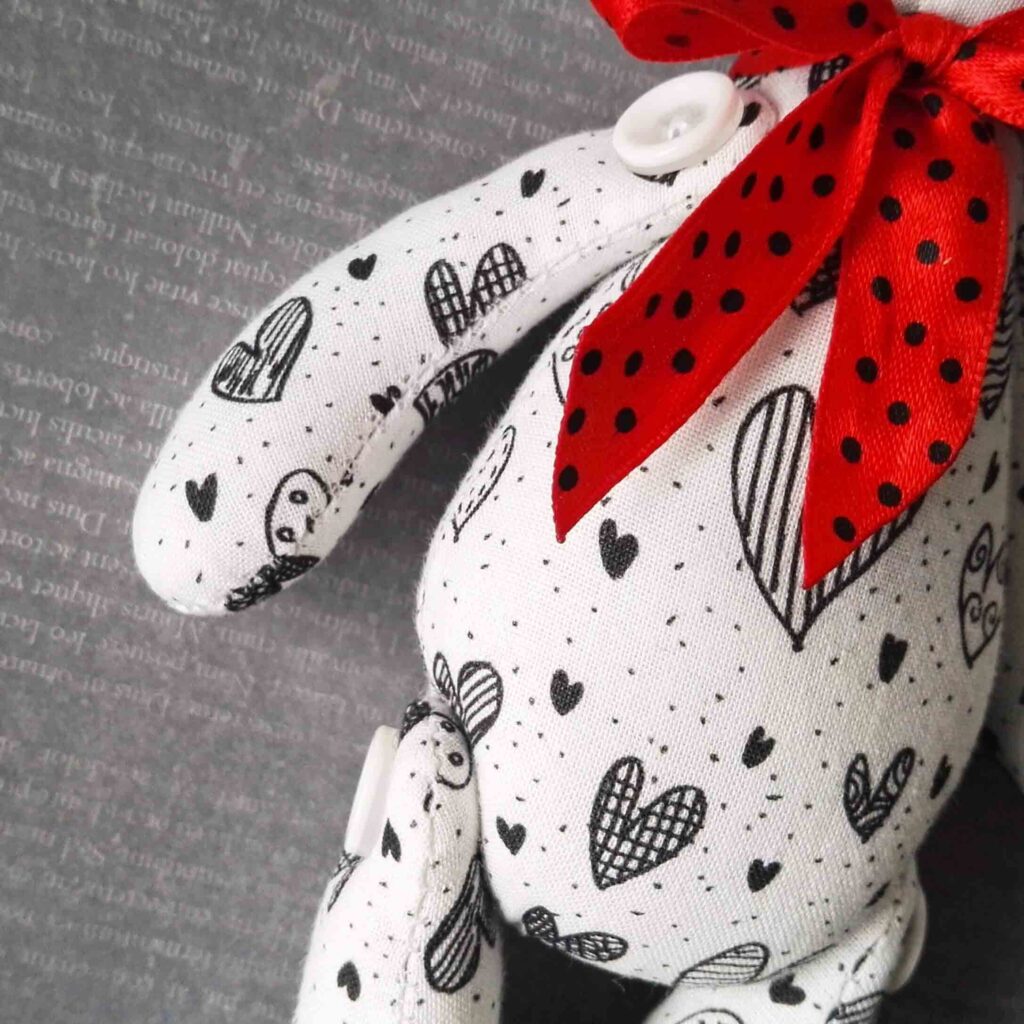Plush toys are more than just cuddly companions—they are cherished keepsakes, emotional supports, and timeless gifts. But have you ever wondered what fabric is used for plush toys to give them that irresistibly soft feel and lasting durability? Understanding the materials behind these lovable products is key to appreciating their quality and safety.
In short, plush toys typically use fabrics like polyester, velboa, minky, fleece, and cotton blends, chosen for their softness, durability, and ease of care. The right fabric enhances tactile comfort while meeting safety and environmental standards.
Imagine a child clutching their favorite plush bear after a long day, comforted by the softness against their skin. That sensation isn’t magic—it’s the thoughtful selection of fabric designed to bring joy and durability. Let’s dive deep into the fabrics behind plush toys and uncover the secrets that make them so lovable and safe.
1. What Are the Most Common Fabrics Used for Plush Toys?

The most common fabrics used for plush toys include polyester velboa, minky, fleece, and cotton blends, prized for their softness, durability, and vibrant color retention.
Exploring Popular Plush Fabrics
- Polyester Velboa: Velboa is a soft, short-pile fabric with a suede-like texture. It’s easy to dye, resistant to wear, and widely used for affordable plush toys. However, it can sometimes feel less luxurious compared to specialty fabrics.
- Minky Fabric: Known for its super soft, velvety touch and raised dot patterns, minky is a premium polyester fabric loved for baby toys. It offers excellent softness but is costlier and less breathable than cotton.
- Fleece: Fleece provides warmth and plushness, with a fuzzy texture often used for teddy bears and novelty toys. Its synthetic makeup makes it durable but less eco-friendly.
- Cotton Blends: Natural cotton or cotton-polyester blends are breathable and hypoallergenic, making them a good choice for sensitive users. Though less plush than synthetics, cotton’s natural feel appeals to eco-conscious buyers.
- Other Specialty Fabrics: Microfiber, chenille, and velour occasionally appear in high-end plush toys, offering unique textures and finishes.
Critically speaking, choosing fabric is a balance of cost, tactile experience, safety, and target audience preferences. For example, children’s toys need safe, non-toxic fabrics, while collectors may prioritize aesthetics and feel.
| Fabric Type | Description | Key Features | Pros | Cons | Typical Use Cases |
|---|---|---|---|---|---|
| Polyester Velboa | Soft, short-pile fabric with suede-like texture, easy to dye, wear-resistant | Affordable, durable | Easy to dye, wear-resistant | Less luxurious feel | Affordable plush toys |
| Minky Fabric | Super soft, velvety touch with raised dot patterns, premium polyester | Very soft, premium feel | Excellent softness | Costly, less breathable | Baby toys, premium plush |
| Fleece | Warm, fuzzy texture, synthetic makeup | Plush, warm | Durable | Less eco-friendly | Teddy bears, novelty toys |
| Cotton Blends | Natural cotton or cotton-polyester blends, breathable, hypoallergenic | Breathable, hypoallergenic | Natural feel, eco-friendly appeal | Less plush than synthetics | Sensitive users, eco-conscious |
| Specialty Fabrics | Microfiber, chenille, velour offering unique textures and finishes | Unique textures | High-end look and feel | Usually more expensive | High-end plush toys |
2. Which Fabric Offers the Best Combination of Softness and Durability?

Minky and velboa fabrics offer the best blend of ultra-soft texture and strong durability, ideal for plush toys that endure heavy use and repeated washing.
Balancing Softness and Durability in Plush Fabrics
- Softness Metrics: Minky fabric stands out with its luxurious softness, often rated higher than velboa or fleece. This is why many baby blankets and infant plush toys favor minky.
- Durability Factors: Velboa, with its shorter pile and denser weave, withstands frequent handling and machine washing better than minky, which may shed fibers over time.
- Wear Resistance: Fleece excels in durability but lacks the ultra-soft touch some consumers seek.
- Practical Considerations: For toys expected to be washed regularly or exposed to rough play, velboa or fleece might be more practical despite a slight softness compromise.
- Consumer Insights: Parents often prioritize softness for infants, while older children or collectors value durability alongside feel.
From a critical perspective, manufacturers must decide if plush toys should prioritize tactile luxury or everyday longevity — a choice influenced by intended market segment and pricing.
| Fabric Type | Softness Level | Durability Level | Key Strengths | Limitations | Ideal Use Cases |
|---|---|---|---|---|---|
| Minky | Very high (luxurious) | Moderate | Superior softness, favored for baby plush | May shed fibers over time, less durable in heavy use | Baby blankets, infant plush toys |
| Velboa | High | High | Dense weave, resists frequent washing and handling | Slightly less soft than minky | Toys needing durability and softness balance |
| Fleece | Moderate | Very high | Excellent wear resistance and durability | Less soft compared to minky and velboa | Toys for rough play, washable outdoor toys |
| Others (e.g. cotton blends) | Variable | Variable | Depends on blend; cotton is soft and breathable | Typically less plush and durable than synthetics | Sensitive users, eco-conscious products |
3. How Does Fabric Selection Impact the Safety and Environmental Sustainability of Plush Toys?

Fabric choice directly affects toy safety and eco-friendliness; hypoallergenic, non-toxic, and sustainably sourced fabrics help meet regulations and consumer demand.
The Intersection of Fabric, Safety, and Sustainability
- Safety Regulations: Plush toy fabrics must comply with standards like CPSIA (U.S.) or EN71 (EU), limiting harmful chemicals and ensuring flame retardance.
- Hypoallergenic Fabrics: Cotton blends and tightly woven synthetic fabrics reduce allergen accumulation, important for sensitive children.
- Eco-Friendly Options: Organic cotton, recycled polyester, and bamboo fabrics are gaining traction as sustainable alternatives, though cost and performance vary.
- Environmental Impact: Polyester-based fabrics derive from petroleum and contribute to microplastic pollution, challenging manufacturers to innovate.
- Corporate Responsibility: Leading plush toy makers integrate lifecycle assessments and use Oeko-Tex certified fabrics to assure customers of environmental care.
Critically, balancing safety and sustainability with cost and performance remains a major industry challenge. Transparent sourcing and innovation will shape future plush fabric trends.
| Aspect | Details | Examples/Standards | Challenges | Industry Trends |
|---|---|---|---|---|
| Safety Regulations | Compliance with CPSIA (U.S.), EN71 (EU), limiting harmful chemicals and flame retardance | CPSIA, EN71 | Ensuring non-toxicity without compromising feel | Growing regulatory scrutiny |
| Hypoallergenic Fabrics | Cotton blends and tightly woven synthetics reduce allergens | Organic cotton, tightly woven polyester | Costlier materials, maintaining softness | Rising demand for allergen-free toys |
| Eco-Friendly Options | Use of organic cotton, recycled polyester, bamboo fabrics | Oeko-Tex certification | Higher cost, variable performance | Increased use of recycled and natural fibers |
| Environmental Impact | Polyester derived from petroleum, microplastic pollution concerns | – | Environmental footprint, microplastic shedding | Innovation in biodegradable fibers |
| Corporate Responsibility | Lifecycle assessments, eco-certifications, transparency in sourcing | Oeko-Tex, Global Organic Textile Standard (GOTS) | Balancing cost and sustainability | Emphasis on sustainable sourcing and production |
4. Do Different Plush Toy Designs Require Specific Fabric Types?

Yes, fabric choice varies by toy design—character plush often uses minky or velboa, while outdoor or washable toys favor durable fleece or polyester blends.
Matching Fabric to Plush Toy Design
- Character Plush: High-detail toys featuring licensed characters typically use soft minky or velboa for vibrant colors and appealing textures.
- Stuffed Animals: Classic teddy bears and generic animals often utilize fleece or cotton blends for warmth and a traditional feel.
- Washable/Outdoor Toys: Toys designed for outdoor play or frequent washing benefit from robust synthetic fabrics like polyester fleece that resist moisture and wear.
- Novelty Shapes and Sizes: Irregular shapes may require stretch fabrics or blends to ensure smooth contours and durability.
- Sensory Toys: Tactile fabrics with varied textures (e.g., corduroy, satin patches) enhance sensory experiences, influencing fabric choice.
Critically, selecting fabric aligned with design goals ensures functional performance and customer satisfaction. Overlooking this can lead to quality or user experience issues.
| Plush Toy Design | Recommended Fabric Types | Key Characteristics | Reasons for Choice | Examples/Notes |
|---|---|---|---|---|
| Character Plush | Minky, Velboa | Soft, vibrant colors, appealing textures | High detail, color retention, tactile appeal | Licensed characters, collectibles |
| Stuffed Animals | Fleece, Cotton Blends | Warm, traditional feel | Classic look and comfort | Teddy bears, generic animals |
| Washable/Outdoor Toys | Polyester Fleece, Durable Synthetics | Moisture-resistant, wear-resistant | Frequent washing, outdoor durability | Outdoor toys, washable playthings |
| Novelty Shapes & Sizes | Stretch Fabrics, Blends | Flexible, smooth contours | Accommodate irregular shapes | Unusual toy forms, novelty designs |
| Sensory Toys | Corduroy, Satin Patches, Varied Textures | Varied tactile surfaces | Enhance sensory experience | Sensory development, educational toys |
5. Is Fabric Maintenance an Important Factor When Choosing Materials for Plush Toys?

Absolutely, easy-to-clean, colorfast, and pilling-resistant fabrics improve plush toy longevity and consumer satisfaction.
Maintenance Considerations for Plush Fabrics
- Cleaning Methods: Polyester velboa and fleece withstand machine washing well; cotton may shrink or fade unless pre-treated.
- Durability of Appearance: Some fabrics, like minky, require gentle care to avoid fiber damage, while fleece resists pilling better.
- Colorfastness: Fabrics must retain vibrant colors after repeated washing—important for branded or licensed plush.
- Consumer Convenience: Parents prefer toys that survive rough washing without losing softness or shape.
- Longevity: Durable fabrics maintain tactile appeal over time, building brand trust.
From a critical standpoint, fabric maintenance directly impacts the perceived quality and lifespan of plush toys. Investing in fabrics that marry ease of care and softness drives long-term value.
| Maintenance Factor | Fabric Examples | Key Considerations | Pros | Cons | Ideal For |
|---|---|---|---|---|---|
| Cleaning Methods | Polyester Velboa, Fleece | Machine washable, durable | Easy to clean, retains shape | Cotton may shrink or fade without treatment | Everyday toys, washable plush |
| Durability of Appearance | Minky, Fleece | Resistance to fiber damage and pilling | Fleece resists pilling; minky soft but delicate | Minky needs gentle care | Premium plush, baby toys |
| Colorfastness | All synthetic fabrics | Retain vibrant colors after repeated washing | Maintains brand/licensed design integrity | Some cotton blends may fade | Licensed character plush, collectibles |
| Consumer Convenience | Velboa, Fleece | Survives rough washing and frequent use | Preferred by parents for ease of maintenance | Delicate fabrics may require hand wash | Toys for kids, high-use products |
| Longevity | Durable synthetics | Maintain tactile appeal over time | Builds brand trust and product value | Cost may be higher | Long-lasting plush toys |
6. Are There Emerging Fabric Innovations Transforming Plush Toy Production?

Innovations like recycled polyester, bio-based fibers, and smart textiles are reshaping plush fabrics, offering sustainability and enhanced sensory features.
The Future of Plush Toy Fabrics
- Recycled Polyester: Increasingly popular, recycled PET fabrics reduce environmental footprint without sacrificing softness or durability.
- Bio-Based Fibers: Materials derived from corn, bamboo, or algae offer renewable alternatives, though cost and scalability remain hurdles.
- Smart Textiles: Fabrics embedded with sensory or interactive elements (e.g., temperature-sensitive or sound-responsive textiles) create new play experiences.
- Antimicrobial Treatments: Enhancing hygiene by inhibiting bacteria growth is a growing focus in fabric finishing.
- Customization: Advances allow for digital printing and fabric texturing, enabling bespoke designs for niche markets.
Critically, adoption of new fabrics depends on balancing innovation with cost, safety, and consumer acceptance. Early adopters gain market differentiation, but must manage supply chain complexities.
| Innovation Type | Description | Benefits | Challenges | Market Impact |
|---|---|---|---|---|
| Recycled Polyester | Made from recycled PET bottles, reduces environmental impact | Softness and durability maintained | Cost and supply chain management | Growing demand for sustainable products |
| Bio-Based Fibers | Derived from renewable sources like corn, bamboo, algae | Renewable, biodegradable alternatives | Higher costs, scalability issues | Potential for eco-conscious market growth |
| Smart Textiles | Fabrics with sensory or interactive features (temperature, sound) | Enhanced play experiences, innovative features | Costly, technical complexity | Differentiation in toy design |
| Antimicrobial Treatments | Fabric finishes that inhibit bacteria growth | Improved hygiene and safety | Regulatory approval and cost | Increased appeal in hygiene-conscious markets |
| Customization | Digital printing, fabric texturing for bespoke designs | Unique, personalized plush toys | Production complexity and lead times | Enables niche targeting and premium pricing |
Ready to Bring Your Plush Toy Ideas to Life?
If you’re searching for a plush toy manufacturer who understands the nuances of fabric choice and can deliver high-quality, eco-friendly, and durable products tailored to your design, Kinwin is your trusted partner. Reach out today to discuss your project and request a custom quote. Let’s craft the perfect plush companion for your customers!




